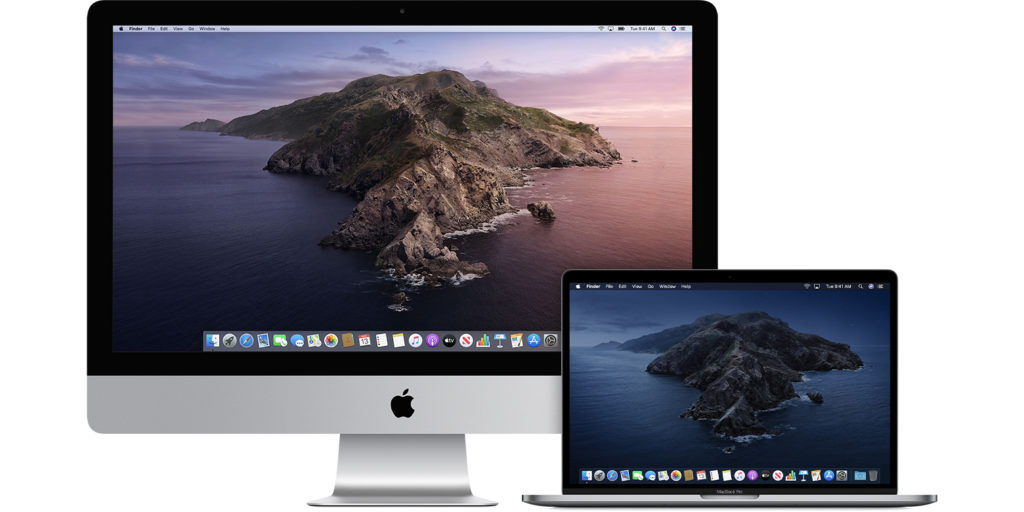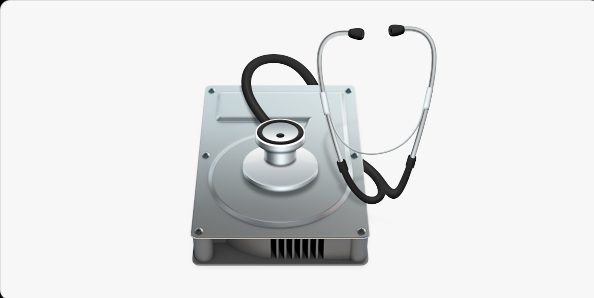Apple Inc. builds computers that are meant to last. However, you’ll eventually have to say goodbye to your Mac computer. If you’re experiencing issues with your Mac, you might be wondering whether it is a good time to replace it with a new one or stay with your old Mac a bit longer.
Confusing, right? Before you take your Mac to the Apple service center, you can perform Apple Hardware Test or Apple Diagnostics to identify the problem yourself. Once the issue has been identified, you can decide on the next actionable steps.
But, unfortunately, there still might be glaring signs that you need a new Mac. Keep reading to explore those signs and to know how long a Mac typically lasts.
Table Of Contents
How long do Macs typically last?
Macs generally last for about 5 to 8 years according to MacWorld. But, you must beware because, beyond 5 years, you probably will not be able to replace faulty parts in your Mac computer.
Also, the longevity of your Mac depends on how long it will be able to run on a version of the OS that is supported by Apple. This is because Macs are eligible for getting the latest macOS version for about 7 years. Generally, Apple supports each version of macOS for 3 years.
For example, if you are buying a brand new Mac in 2021, you are probably going to receive macOS updates till 2028.
Now, take a look at the 6 tell-tale signs that you need to get a new Mac.
Your device doesn’t support the latest version of macOS
A new version of macOS is released by Apple every September or October. Generally, Mac models from the past few years are supported. But, if your device is unable to update to the latest version, it is a sign that your Mac needs to be replaced.


Currently, the latest version of macOS is Big Sur which was released on 12th November 2020Here are the Mac models that this Big Sur supports –
● MacBook (early 2015 and later)
● MacBook Pro (late 2013 and later)
● MacBook Air (mid-2013 and later)
● Mac Mini (late 2014 and newer)
● iMac (mid-2014 and later)
● iMac Pro
● Mac Pro (late 2013 and newer)
This means that if your device cannot support Big Sur, it is likely to be deemed obsolete. Of course, you can continue using it (if your device works without any issues), but you will not get any new features. Also, productivity issues might hamper your work.
Your device has poor specs
If slow-loading apps, frozen screens, and poor battery life are already a part of your typical day when you’re using your Mac, it might be time to get a new one.
For example, the performance of an HDD (hard disk) slows down with age and this might cause your computer to load programs and files slowly. The same also applies to your device’s battery. You might experience short usage and standby times, or your device might shut down by itself. Even though you have the option of plugging in your Mac computer and working this sacrifices portability.
You can mitigate these issues by swapping out the HDD, adding more RAM, or getting a new battery. But, the cost that you incur on upgrading your device would be better utilized by buying a new one.
There’s no more free space
As files keep growing, they take up a lot of space in your hard drive. If your Mac has 128 GB or 256 GB of storage space, you’ll find yourself clearing space quite often to accommodate new files. You can get external hard drives or flash drives to store files, but these are external devices, and therefore, the chances of losing your important files are high.
The best option for you would be to replace your old device with a new Mac that offers 1 TB of storage space.
Software issues have made it a nightmare to work on your Mac
An outdated Mac can experience software issues like random shutdowns, visual glitches, and unresponsive apps. If your device is running on an older version of macOS, there might even be compatibility issues.
Typically, you can fix such problems by freeing up storage space or RAM. You can also re-install macOS. However, if the issues persist even after troubleshooting, you need to consider upgrading your device to a new one.
Your Mac’s hardware is damaged


If your Mac has suffered severe physical damage, it is obvious that you have to get a new one. It might be that you’ve accidentally dropped your Mac and damaged the internal. Or, the screen of your Mac has cracked because you’ve slammed it too hard. Until you fix your device, it is of no use to you.
Since fixing a Mac costs a lot of money, a better solution would be to just buy a new one.
Apple has released an upgraded Mac with better features and specs
If you are a Mac loyalist, you must be aware that Apple releases new models of Mac yearly. So, if your work depends on Mac, you could consider upgrading your computer when a new model hits the shelves. The new model is undoubtedly going to have better features and specifications compared to your outdated Mac model.
Watch out for these signs and you’ll know the right time to get a new Mac.

